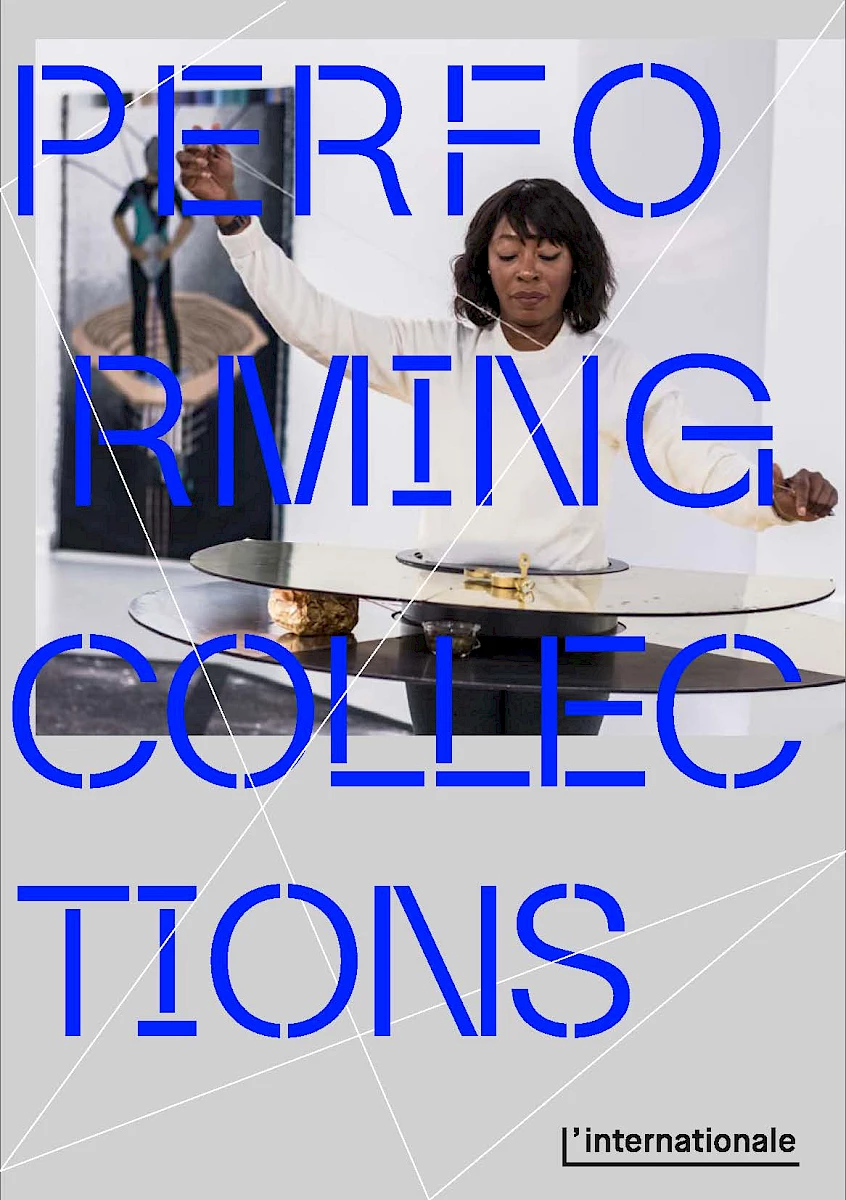Performing Collections
Edited by Joanna Zielińska
Graphic Design: Fontarte / Artur Frankowski, Magdalena Frankowska
Contents
-
1.Performing Collections
-
2.What Does It Mean to Have Performance in the Collection?
-
3.Collecting Dance
-
4.Enigmatic Debris
-
5.Archiving Live Performance Art: The Case of Otobong Nkanga
-
6.Some Things Last a Long Time: The Case of the ‘Greetings from Jerusalem Avenue’ by Joanna Rajkowska from the Collection of the Museum of Modern Art in Warsaw
-
7.Transfer of Responsibility and Knowledge
-
8.How to Describe What a Mirror Looks Like? On Pacquée’s ‘Madame’ and ‘It’
-
9.(Dis)Appearing Without a Trace: A Case Study of María Teresa Hincapié
-
10.What a Museum Can (Not) Do: Performing Collective Methodologies with 'Circo Interior Bruto’
-
11.Variation on 'The Unaccounted: A Triptych' by Mapa Teatro
-
12.Fragments of a Co-op Festival
-
13.OHO – Between the Magic of Digitisation and Financial Literacy
-
14.Glossary of terms
-
15.Biographies
-
16.Colophon
In recent decades, the visual arts have witnessed an unprecedented development of performative practices. This has brought about both a heated academic and institutional debate about the notion of performance and the phenomenon of performativity – in relation both to ways of presenting performance in the exhibition space and to the problem of creating museum collections made up of performance works. This publication gathers the results of the many years of research work of the collection curators and performance scholars associated with the museum confederation L’Internationale aiming to address the following question: why museums should collect performance?
The issue of how to collect performance is at the heart of this publication, organized in three parts: essays on the subject, case studies and a glossary.
Contributors: Amira Akbıyıkoğlu, Persis Bekkering, Lotte Bode, Zofia Czartoryska, Clémentine Deliss, Lola Hinojosa, Chantal Kleinmeulman, Bojana Kunst, Myriam Rubio José A. Sánchez, Claudia Segura, Igor Španjol, and Joanna Zielińska.
